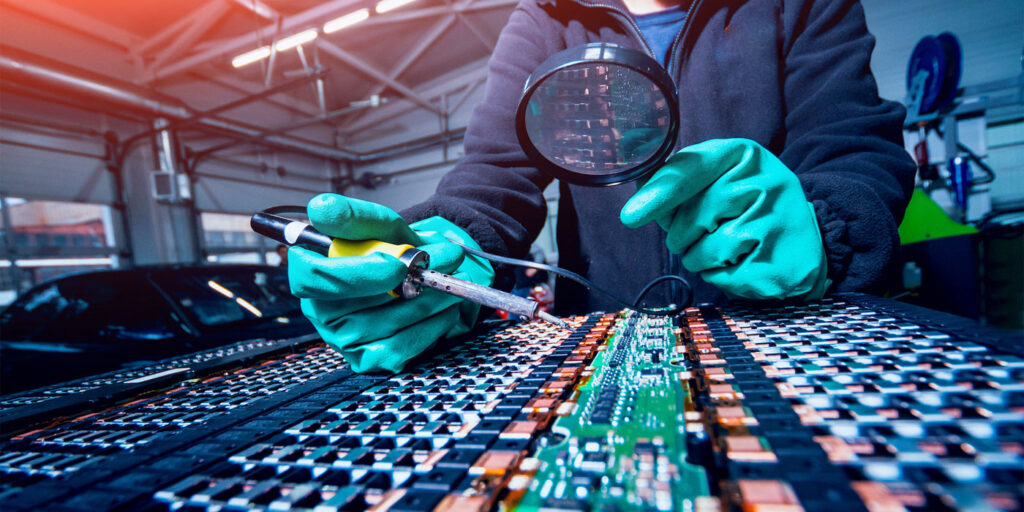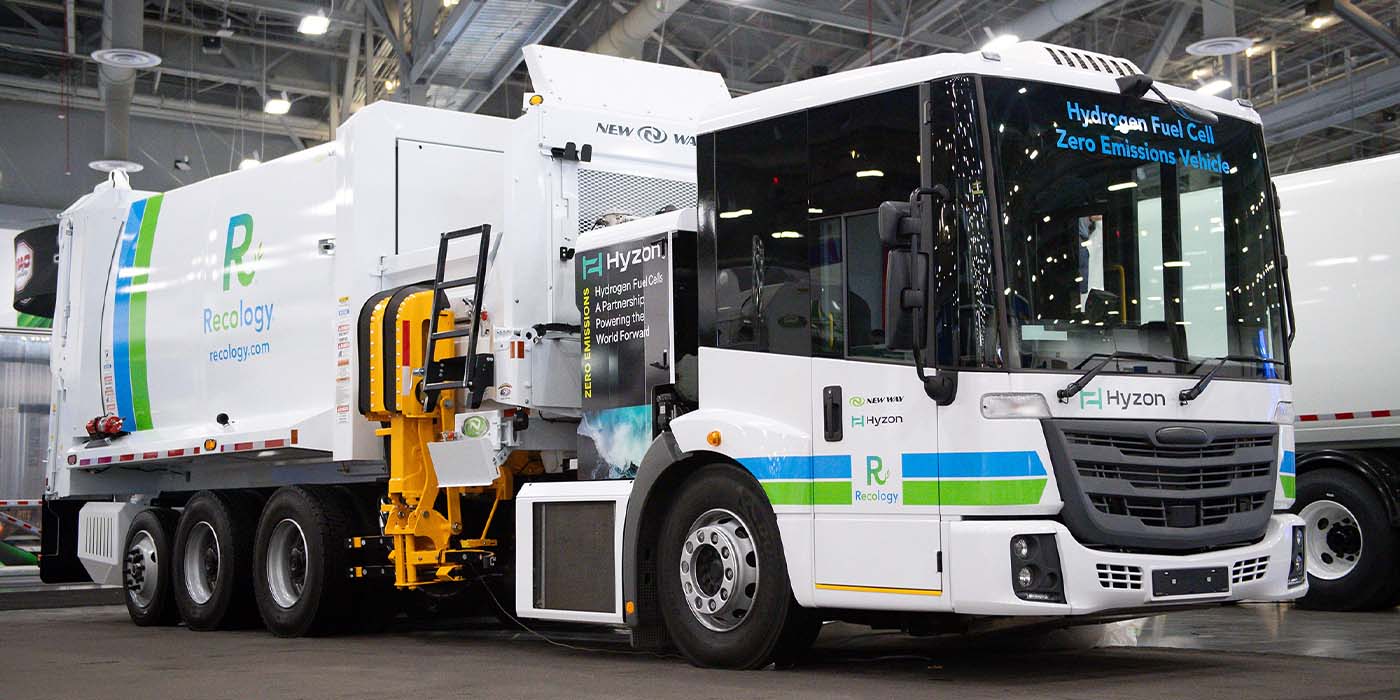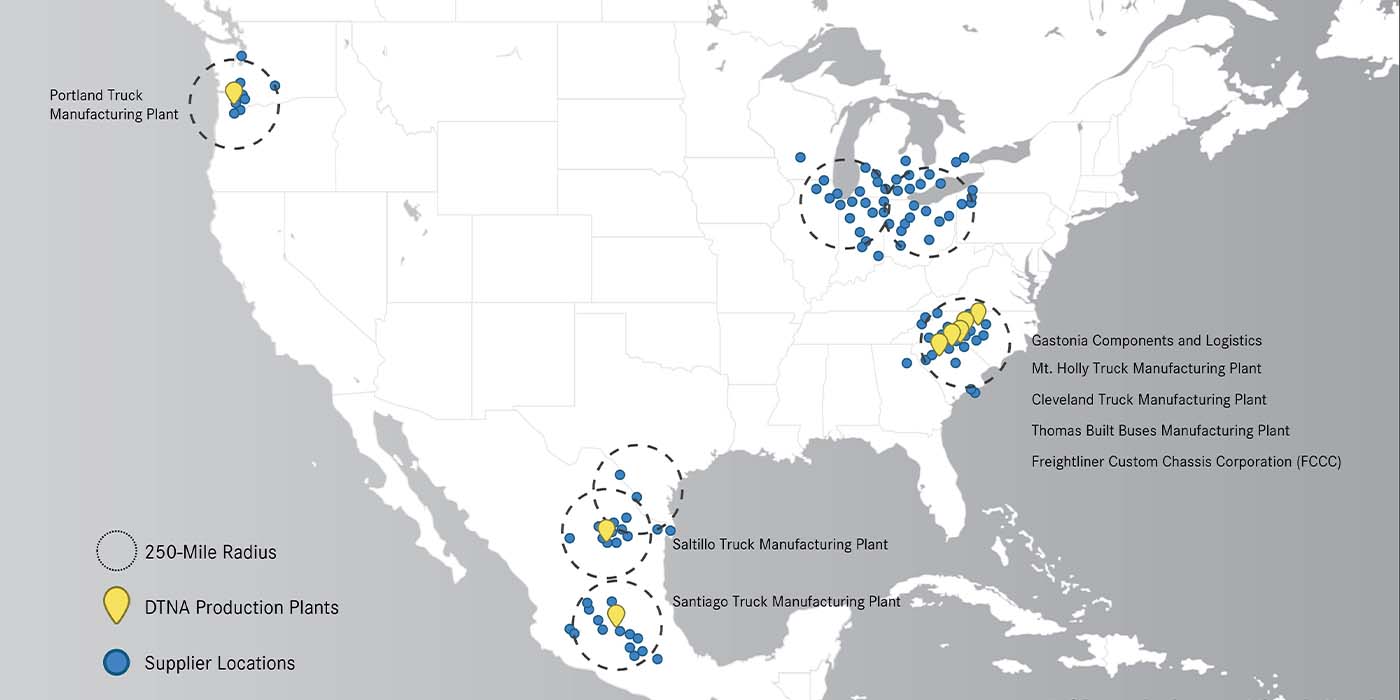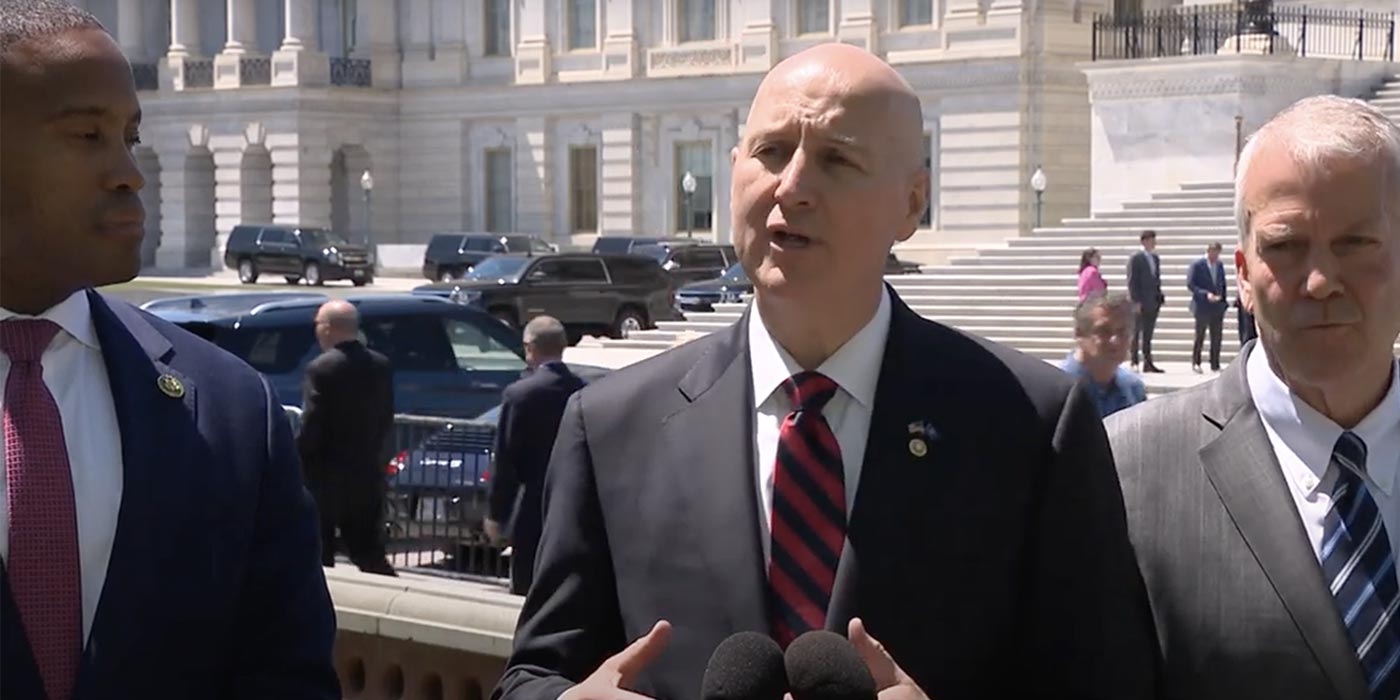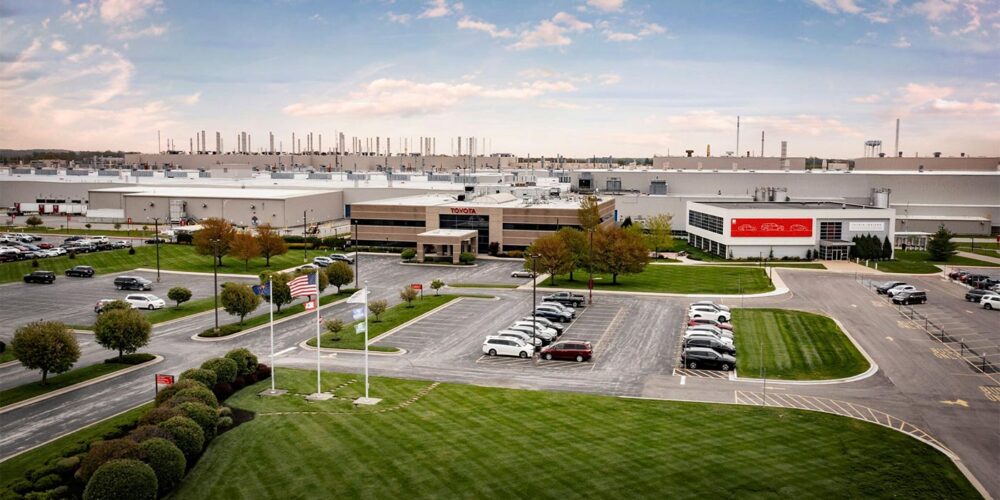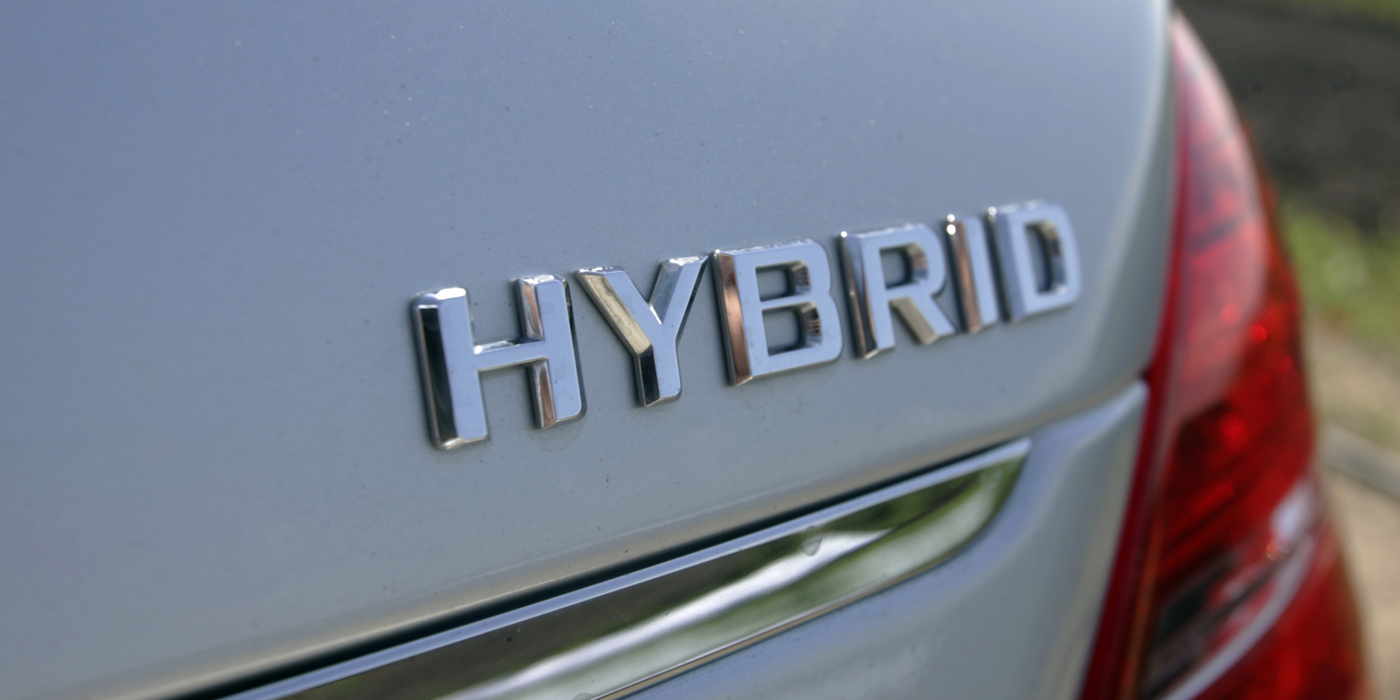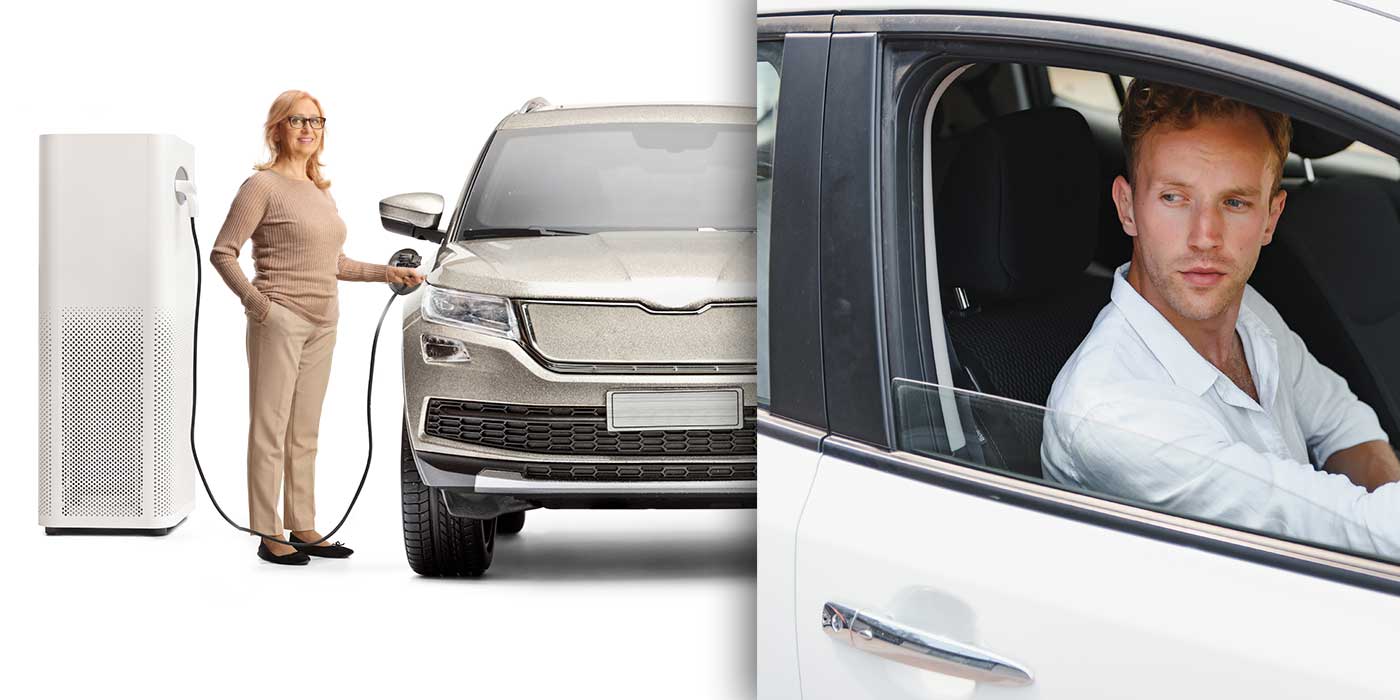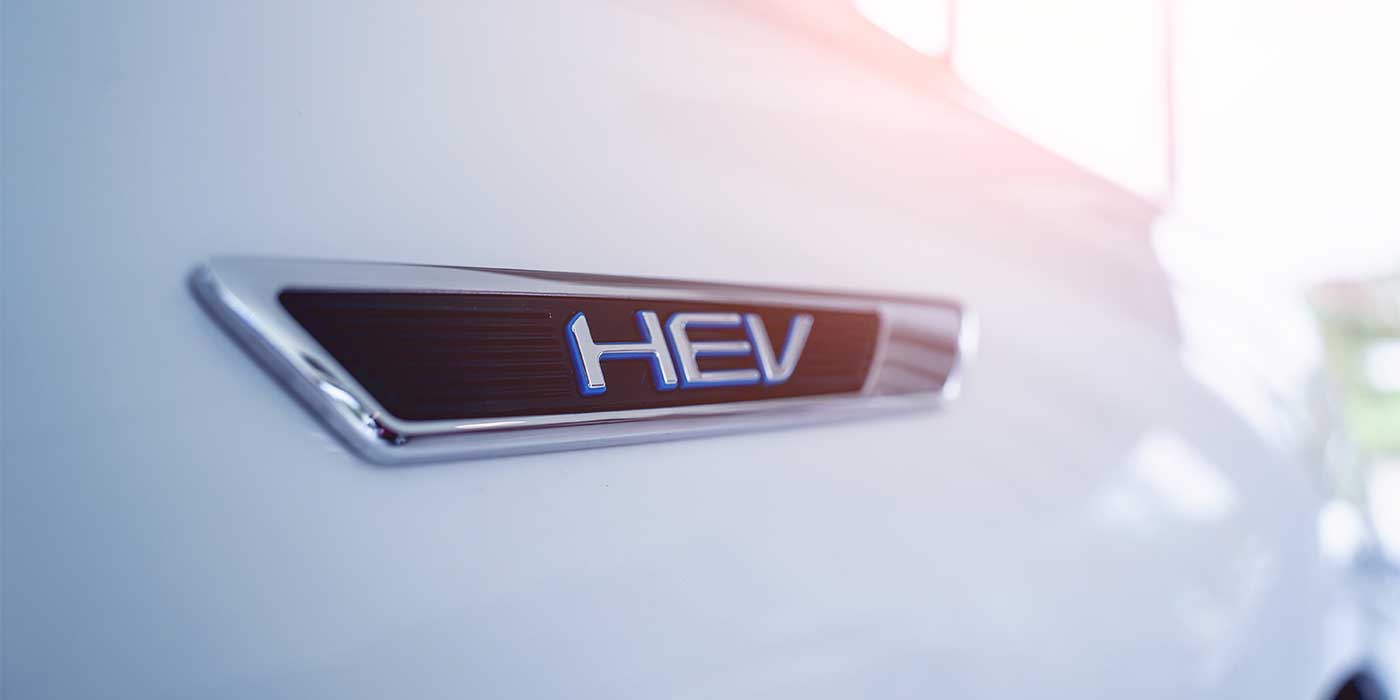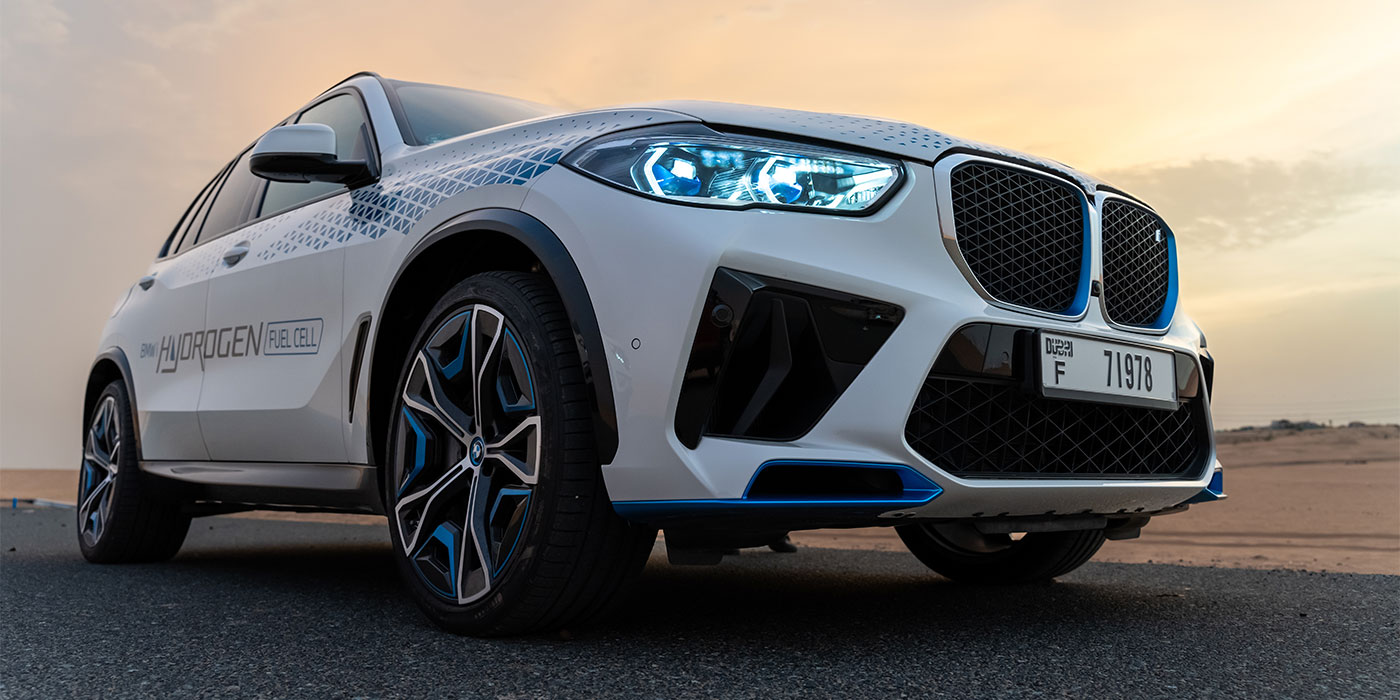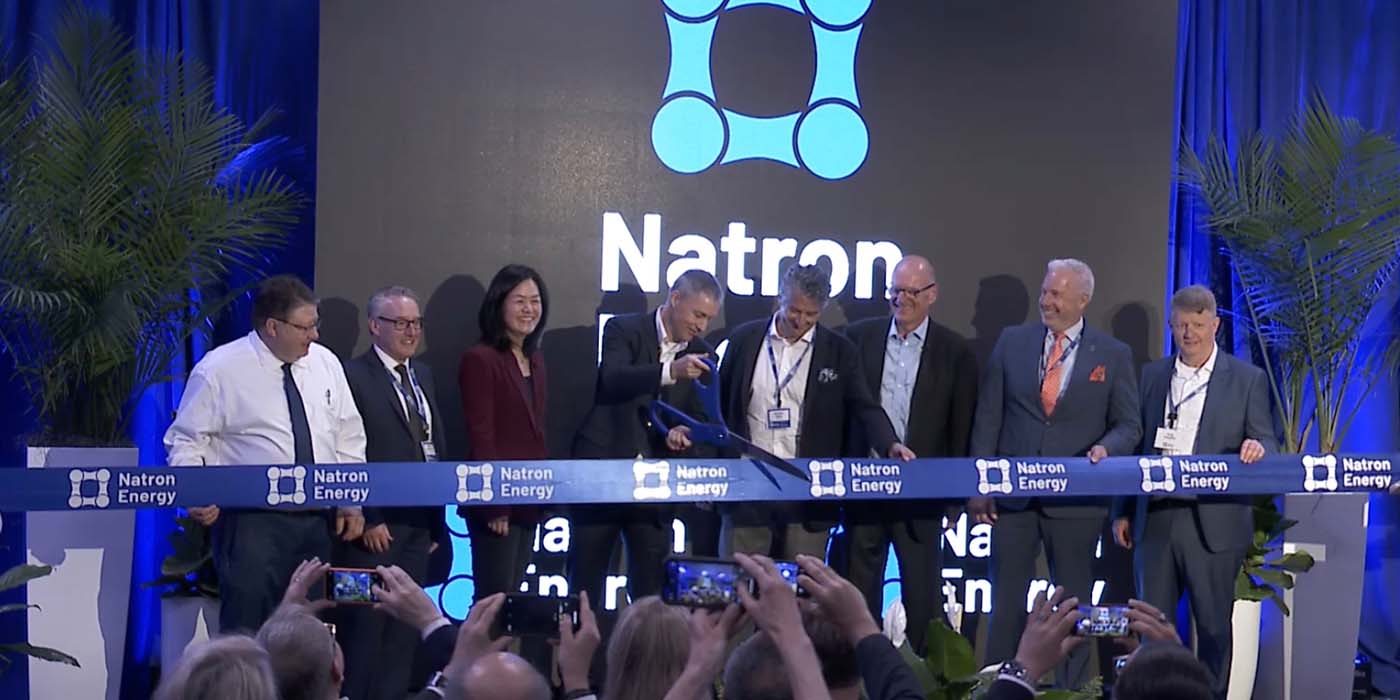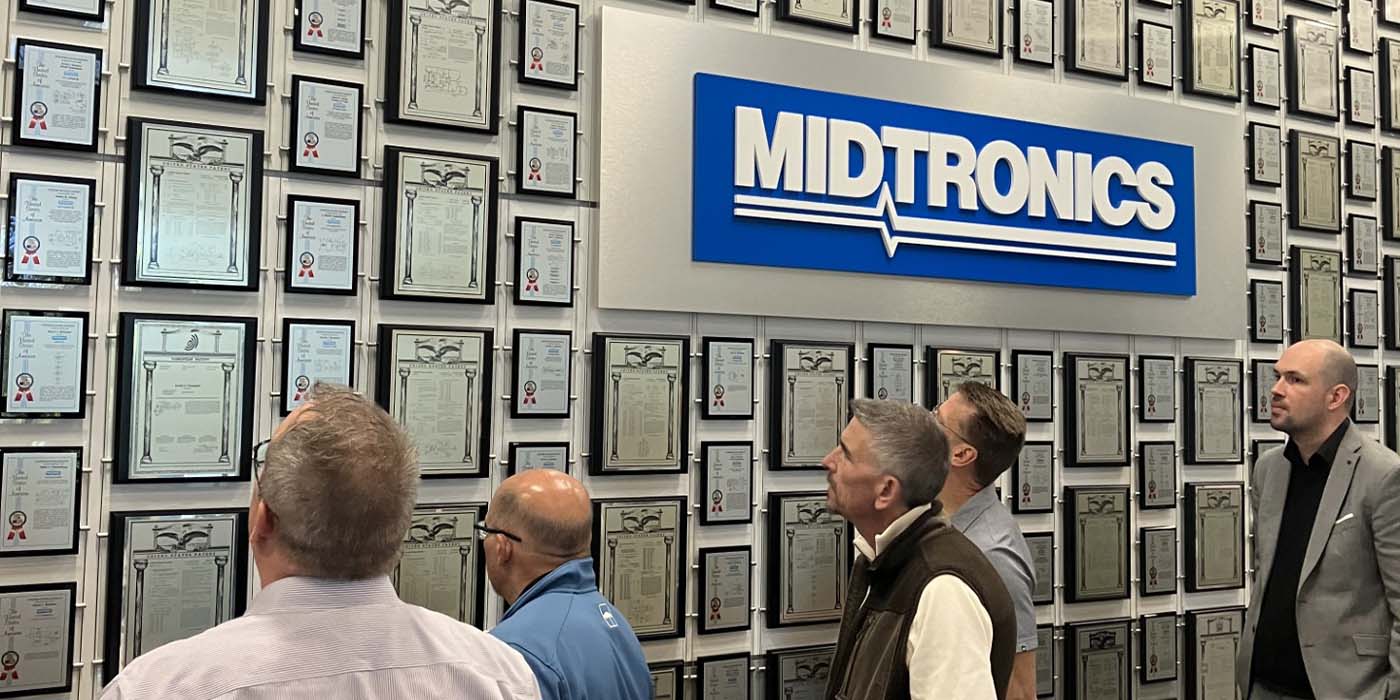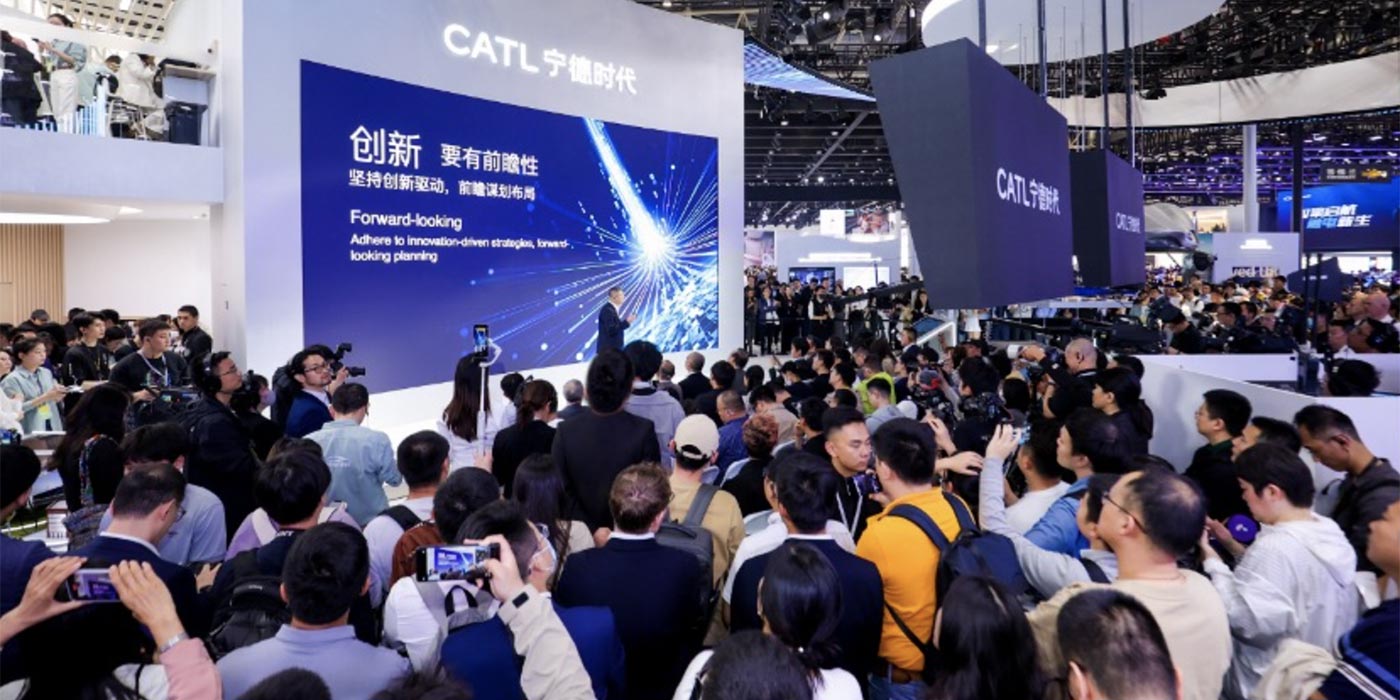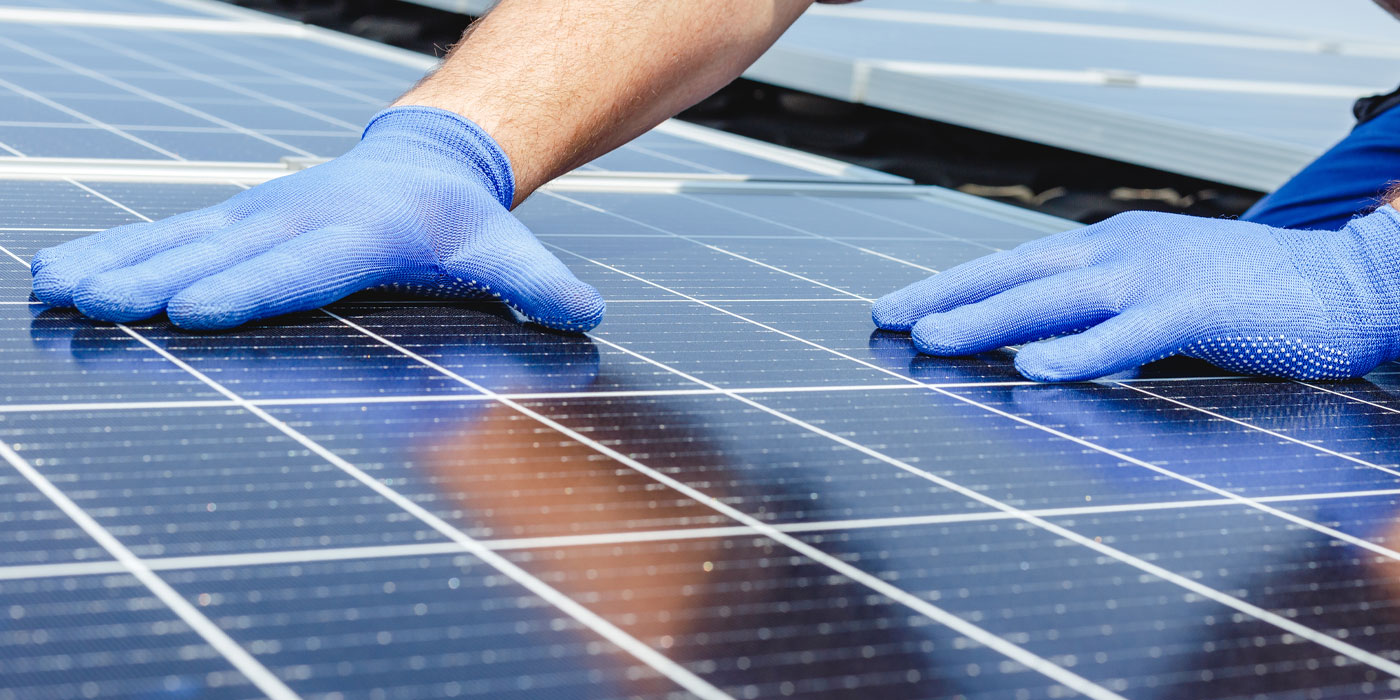The world is charging down the road toward electric vehicles. Some say EVs will represent two-thirds of global vehicle sales by 2040. However, recycling the lithium-ion batteries that power EVs continues to be a sustainability headache.
While the recycling market is growing alongside the consumer demand for environmentally-friendly alternatives, no federal or state policy exists to require EV batteries to be recycled – an obligation that could ensure higher recycling rates and increased efficiency. Not to mention, EVs still produce typical auto waste like tires and used parts, so there’s still a long road ahead to create a completely sustainable vehicle.
Let’s check the current pulse on the challenges associated with recycling EV batteries and what needs to happen for them to be more sustainable.
EV potholes: The challenges associated with lithium-ion batteries
While EV sales gain momentum and more businesses announce transitional plans for electric fleets, there aren’t many viable solutions for what to do with EV batteries on the other side.
Here are the most significant challenges that should be considered when it comes to EVs and their batteries:
- Toxic ingredients — Lithium-ion batteries are dangerous and can cause fires among many other things. Keeping them together is especially threatening. According to an EPA report, EV batteries caused at least 65 fires at waste facilities in 2020, just in the United States.
- Excess resources used — The batteries are made with lithium and a mix of other valuable metals (nickel, cobalt and manganese). Mining these materials can raise ethical and environmental concerns with global shortages due to high demand.
- Recycling obstacles — The current recycling process for batteries needs improvement. The cost and complexity of disassembly cause the batteries to pile up rather than be used for a new battery or other products. Their chemical features and structural design makes it difficult to create an efficient recycling system.
- Grid overload — Enabling people to charge where they usually park has its own challenges, such as multi-tenant buildings and charging slot availability. Increased adoption adds further electricity overload, potentially requiring new investment in grid infrastructure to meet the demand.
EV forecast: Accelerating the EV revolution with actionable solutions
An industry-wide commitment to the use of safe, more sustainable materials and standardization in the way batteries are produced would create more safety and efficiency of the process.
Here’s how to combat the challenges and build a more sustainable future:
- Battery design overhaul – Solutions begin by redesigning the battery pack itself to alleviate the toxicity pain points and ensure that they can be easily dismantled at the end of their life. An understanding and an ongoing conversation could help create standards that give complete visibility over materials and component construction of batteries. Approved practices would cause the entire process to be safer, more accessible and profitable for the industry.
- Second-life solutions – Protocols for second-life battery use are another must. When the batteries reach the end of their life in an EV, what power remains should be reused in other applications. Some companies are making waves for their research and actions with second-life batteries, but another possible idea would be to create energy storage to power residential-scale solar panels. The possibilities are endless if the investment is there.
- Comprehensive data – While EVs can reduce emissions, it’s essential to have a comprehensive view of your business’s and vehicle’s sustainability. Data on what’s coming in and going out and knowing how it measures against others within the industry is a safe bet. Data-driven solutions lead to more promising steps forward.
With eyes set on the future, regulations should be further developed to require mass recycling within the industry. Taking steps toward sustainability, no matter the size, and having a comprehensive view of operations backed by data can generate fruitful, profitable opportunities.
Small steps are being made worldwide, but following suit with a similar ambition can bring about the right level of investment backed by legislation and commitment from the industry.
Ray Hatch has served as president and chief executive officer of Quest Resource Management Group since February 2016.

